The Tundra Bean Goose belongs to the genus Anser, including other notable geese such as the Taiga Bean Goose and the Greylag Goose. Until 2007, the tundra bean goose had been considered a subspecies of the taiga bean goose. The tundra bean goose has two subspecies — “serrirostris” and “rossicus.”
Scientific Name: Anser serrirostris
Height/Length: 68 to 90 cm (27–35 in)
Wingspan: 140 to 174 cm (55–69 in)
Weight: 1.7–4 kg (3.7–8.8 lb)
Description
The tundra bean goose is a striking bird with attractive, distinctive plumage. Adults have orange legs, dark brown heads and necks, with paler brown mantles that are decorated with pale-edged feathers in a large-scale pattern. It has a thick, short bill. They are closely related to a separate species of geese — the pink-footed goose and the Greylag goose.
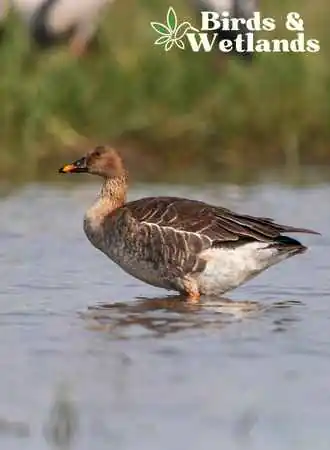
Listen to Tundra Bean Goose
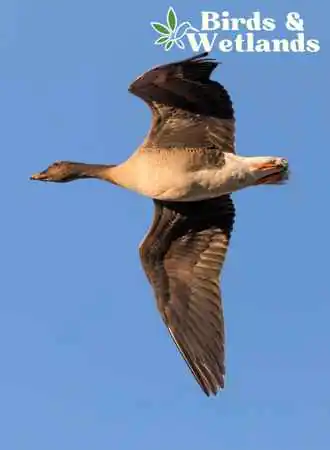
Habitat & Range
Tundra bean-geese are migratory birds traveling to the south to reach milder climates to spend the winter. The subspecies serrirostris spends winters in Japan and Korea, while the subspecies rossicus winters in Novaya Zemlya, West Taymyr Peninsula and the Varanger Peninsula in Norway.
Tundra bean-geese are vagrant species in North America.
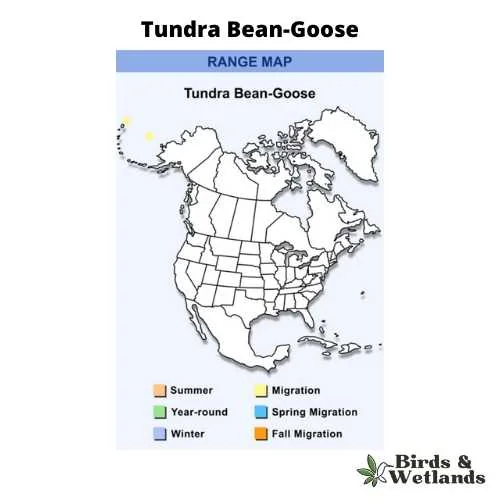
Nesting & Mating Habits
This goose breeds in tundra regions of northern Europe and Russia, particularly in Siberia. The breeding season starts in May or June. The female lays 4 to 6 white eggs and incubates from 25 to 29 days.
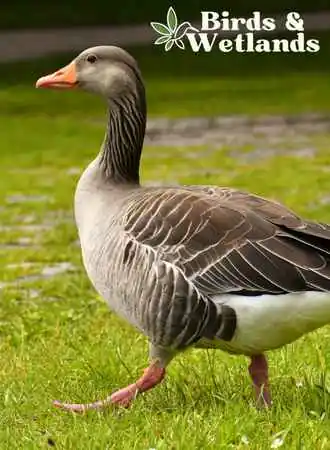
Diet
The diet of the tundra bean goose is mostly made up of plant material, including grasses and sedges, as well as cultivated grains like corn and beans. During breeding, the bird will also feed on berries and other fruits and vegetables, such as carrots and potatoes.
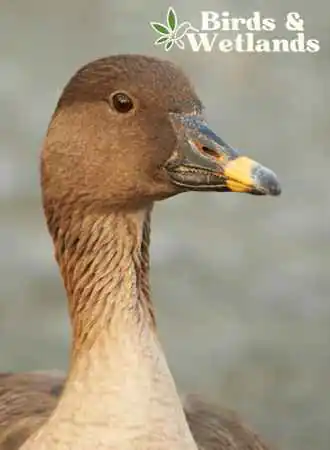
Population and Conservation Status
The world population of this waterfowl is estimated at 600,000 individuals but this number has been steadily declining over the past decade. The current conservation status of this goose is categorized as Vulnerable.
There are no current data on the resident population in North America due to its status as vagrant species.
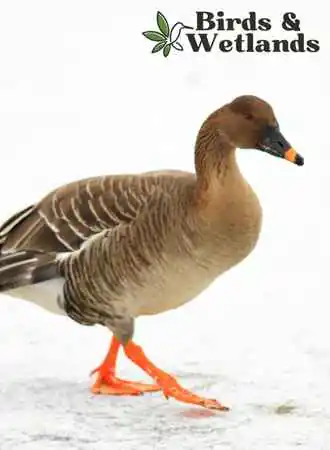
Key Takeaways
The Tundra Bean Goose belongs to the genus Anser and is closely related to the Pink-footed Goose and Greylag Goose.
Tundra Bean-Geese are migratory birds that spend winters in southern Europe, Japan and Korea.
Tundra Bean-Goose primarily feeds on plant material.

